Приказ основних података о документу
Dispersion of Stylistic Modernisms: Hundred Years of Plasticity (Case study of Venice Architectural Biennale 2014)
| dc.contributor | Šuvaković, Miško | |
| dc.contributor | Mako, Vladimir | |
| dc.contributor | Stevanović, Vladimir | |
| dc.creator | Ereš, Davor | |
| dc.creator | Mitrović, Jelena | |
| dc.date.accessioned | 2023-11-07T12:04:23Z | |
| dc.date.available | 2023-11-07T12:04:23Z | |
| dc.date.issued | 2015 | |
| dc.identifier.isbn | 978-86-7924-143-6 | |
| dc.identifier.uri | http://rifdt.instifdt.bg.ac.rs/123456789/3128 | |
| dc.description.abstract | This paper will give an interpretation of lasting, wavering state of modernity in the perspective of architectural thought and practice. Looking at contemporaneity as a phenomenon related to the status of aesthetics, the paper will try to outline an ongoing spin of modernity by viewing the present aspirations of architectural design that are being contradicted by the time itself. According to Marshall Berman’s study, the experience of modernity can be divided into three phases, whereby the latest, which includes the twentieth century, evinces the loss of the initial steam. As far as he sees, modernity has forwent a great deal of its capacity to organize and give meaning to people’s lives: - As results of all this we find ourselves today in the mist of modern age that has lost touch with the roots of its own modernity. Thirty years after Berman’s observation, Zygmunt Bauman reaffirms the unstable nature of modernity by comparing the processes inside the cultural systems up to the very end of the past century. Pointing out that modernism is an unfinished project he introduces the term late modernity in order to imprint the development of global modernity in the circumstances inherent to the society of today. Since the mid-1990s, the fixed, hardware modernisms should have turned into more dynamic, software state, emphasizing the generally heightened sense of uncertainty and ambivalence. From the point of view of the present moment, through this paper we will prove that uncertainty of consecutive modernisms evinces today in the notion of ambivalence; architecturally speaking, the appearances of contingency take us to the physical environment where the vivid experience of modernity is incessantly being confronted with the ontological call for the truth. The paper will argue that in-between this inner confrontation of modernisms and the modernistic urge for representation (of the solid body-idea of modernity) dissolution of consecutive modernisms appears. Such emergence of (disperse) reality is referred to as the aspect of plasticity of modernism. Through the case of Venice Architecture Biennale 2014, latest event acquainted on the global scale, the paper will discuss the mechanism of appearance and exposure of plasticity in display of one hundred years of architectural idealism. Stressing the consistent, prevailing exclusivity of the architectural practices, the observation reaches the aesthetic roots of plasticity of modernism. It brings into the focus the modernistic rupture with the roots of its own modernity, connecting its totality of aesthetic paradigm with the present-day exceptional and uncommunicative status of the architectural object. Nevertheless, inside the mechanism of expose, the appearances and objects set free from totality, becoming agency of plasticity and unbound architectural background. | sr |
| dc.language.iso | en | sr |
| dc.publisher | Belgrade : University, Faculty of Architecture : Society for Aesthetics of Architecture and Visual Arts Serbia (DEAVUS) | sr |
| dc.rights | openAccess | sr |
| dc.rights.uri | https://creativecommons.org/licenses/by/4.0/ | |
| dc.source | Revisions of Modern Aesthetics International Scientific Conference, Belgrade, 2015, Book of abstracts | sr |
| dc.subject | diffusion | sr |
| dc.subject | dynamic | sr |
| dc.subject | time | sr |
| dc.subject | uncertainty | sr |
| dc.subject | space | sr |
| dc.subject | idealism | sr |
| dc.subject | representation | sr |
| dc.title | Dispersion of Stylistic Modernisms: Hundred Years of Plasticity (Case study of Venice Architectural Biennale 2014) | sr |
| dc.type | conferenceObject | sr |
| dc.rights.license | BY | sr |
| dc.citation.spage | 1568 | |
| dc.citation.epage | 1578 | |
| dc.type.version | publishedVersion | sr |
| dc.identifier.fulltext | http://rifdt.instifdt.bg.ac.rs/bitstream/id/10932/bitstream_10932.pdf | |
| dc.identifier.rcub | https://hdl.handle.net/21.15107/rcub_rifdt_3128 |

